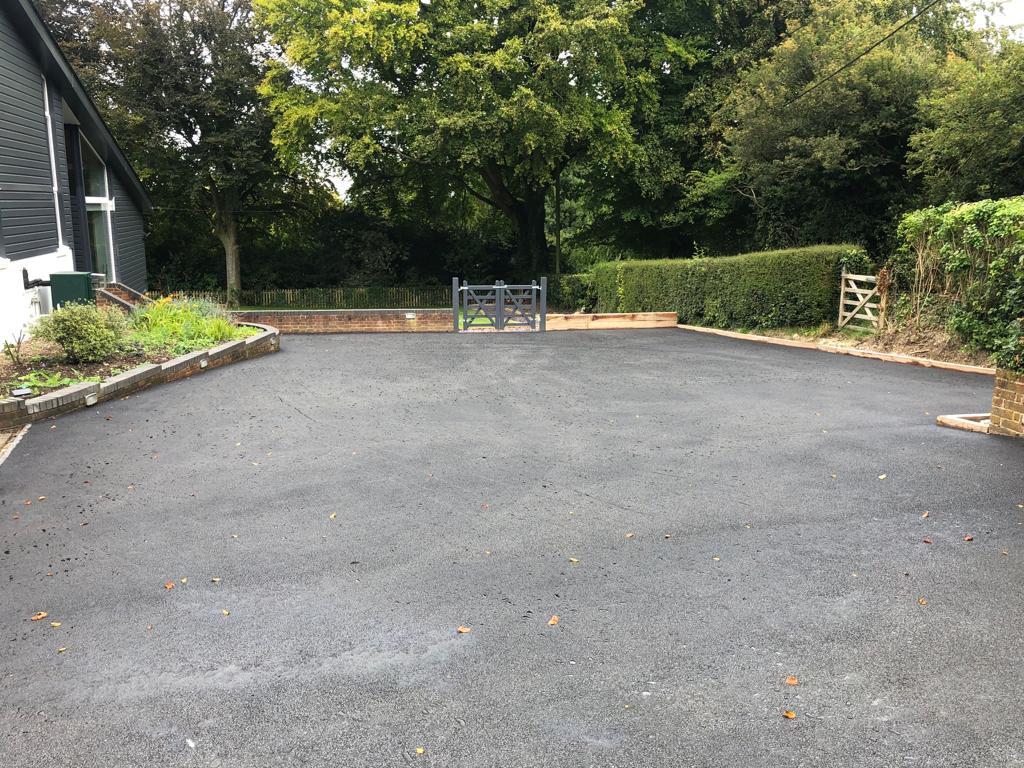Asphalt is known for its strength, durability, and relatively low maintenance requirements. However, like any surface material, it doesn’t last forever. Over time, even the best-laid asphalt will begin to show signs of wear due to weather exposure, vehicle traffic, and age. Knowing when to resurface your asphalt—before damage worsens—can save time, money, and help extend the life of your investment.
At Tamworth Road Tek, we help clients across Tamworth, NSW assess the condition of their driveways, car parks, access roads, and industrial yards. In this article, we explain the key signs that indicate your asphalt may be due for resurfacing.
What Is Asphalt Resurfacing?
Asphalt resurfacing (also called an asphalt overlay) involves applying a new layer of hot mix asphalt over an existing, structurally sound surface. It restores function and appearance without the need for full reconstruction. Resurfacing is a cost-effective solution that renews the surface and adds years to the pavement’s life.
However, resurfacing is only suitable when the base remains intact. If the subgrade or foundation has failed, a full replacement may be necessary.
Signs Your Asphalt Surface Needs Resurfacing
1. Widespread Cracking
Cracking is one of the most obvious signs that your asphalt surface is beginning to deteriorate. While small cracks can be sealed, widespread cracking—especially in patterns such as:
- Alligator cracking (a network of interconnected cracks)
- Longitudinal cracks (running along the length of the pavement)
- Block cracks (large square or rectangular patterns)
…indicates the top layer is no longer providing sufficient protection.
If left untreated, water will seep through these cracks, leading to more serious damage below the surface.
2. Potholes and Depressions
Potholes and sunken areas are more than just a nuisance—they signal a breakdown in the asphalt’s ability to distribute load. These areas become safety hazards and will worsen over time, particularly in high-traffic environments.
If your asphalt surface has multiple potholes or visible depressions, resurfacing can restore a level and even finish before the base structure is compromised.
3. Pooling Water After Rain
Standing water on an asphalt surface usually indicates poor drainage or uneven wear. Water that fails to run off can seep into the surface, weakening the bitumen and accelerating the rate of deterioration.
Resurfacing with proper grading can correct drainage issues and protect your pavement from future damage.
4. Fading and Oxidation
Over time, exposure to UV rays and air oxidises the bitumen binder in the asphalt. This causes the surface to become dry, brittle, and more prone to cracking. Faded, grey-looking asphalt is a common sign of ageing and surface fatigue.
Resurfacing restores the deep black finish and strengthens the surface with fresh, flexible bitumen.
5. Age of the Surface
Even if there are no obvious defects, age is a critical factor. Asphalt typically lasts 15–20 years with proper maintenance. If your surface is approaching or exceeding that timeframe, it may be more economical to resurface now rather than wait for more severe issues to arise.
A professional assessment can confirm whether a resurfacing solution is the best course of action based on the pavement’s condition and history.
Why Resurface Instead of Replace?
Resurfacing offers several benefits when compared to full replacement:
- Lower cost – Only the top layer is replaced, reducing material and labour expenses.
- Faster turnaround – Projects are completed more quickly, reducing downtime for businesses and property owners.
- Less disruption – Minimal excavation and site disturbance.
- Sustainable – Reuses the existing base, reducing waste and environmental impact.
At Tamworth Road Tek, we evaluate each project to ensure resurfacing is the right solution based on your pavement’s integrity, usage requirements, and future plans.
When Resurfacing May Not Be Enough
While resurfacing is highly effective in many cases, it’s not suitable if:
- The base or subgrade is damaged
- There is extensive water damage or erosion
- Severe drainage issues exist
- The pavement has been resurfaced multiple times already
In such cases, we may recommend full reconstruction to ensure long-term performance.
Conclusion
Resurfacing is a smart and cost-effective way to extend the life of your asphalt surface, especially when addressed early. If your driveway, car park, or access road in Tamworth, NSW is showing signs of wear—such as cracking, potholes, fading, or poor drainage—it may be time to consider professional resurfacing.
At Tamworth Road Tek, we provide expert advice and asphalt services tailored to your needs. Our team is equipped to assess your pavement, identify the best course of action, and deliver high-quality results that last. Contact us today to arrange a site inspection or request a resurfacing quote.
Call us on: 02 5301 9087
Click here to find out more about Tamworth Road Tek
Click here to complete our contact form and see how we can help with your Asphalt and Bitumen Surfacing needs.

